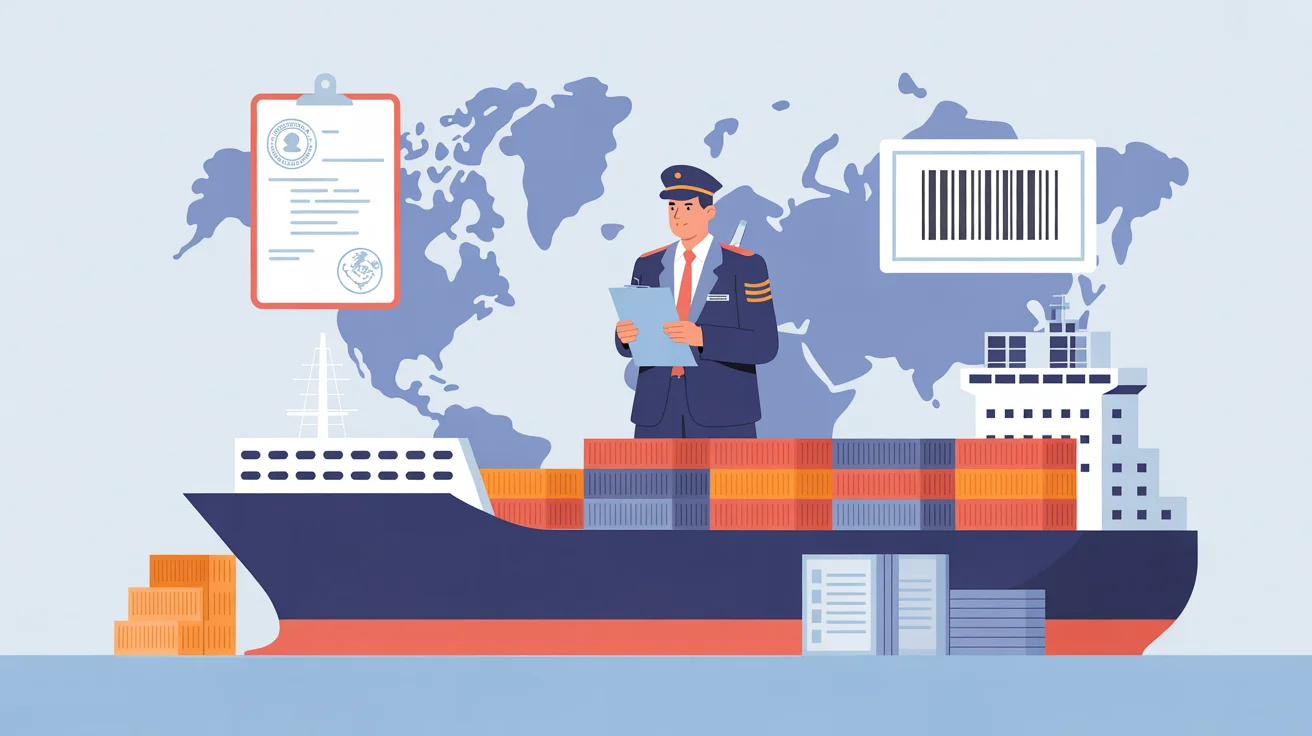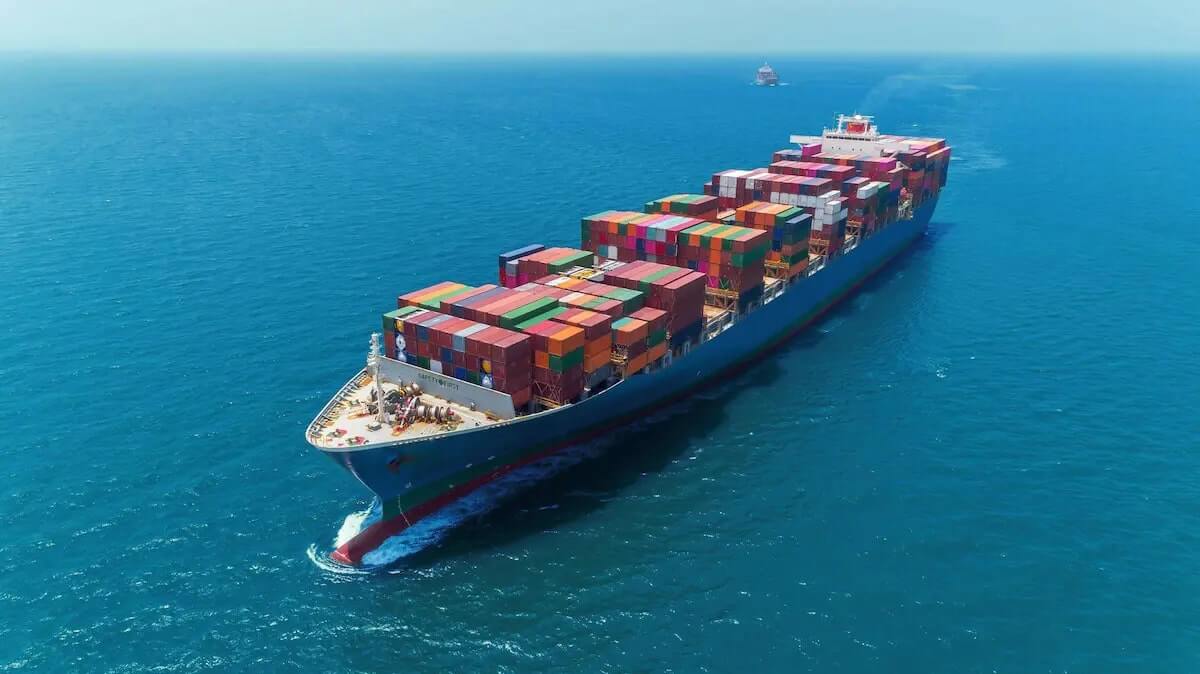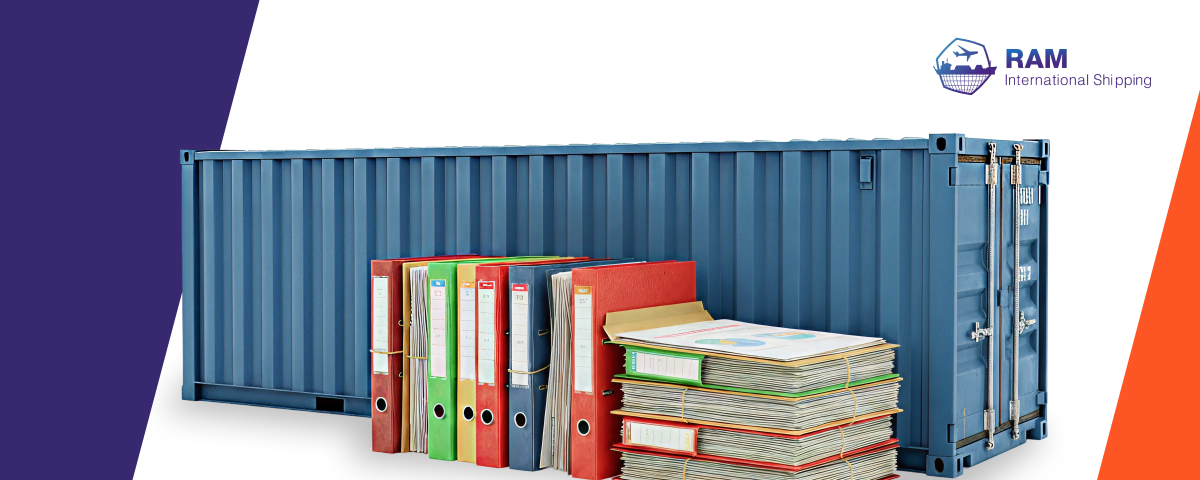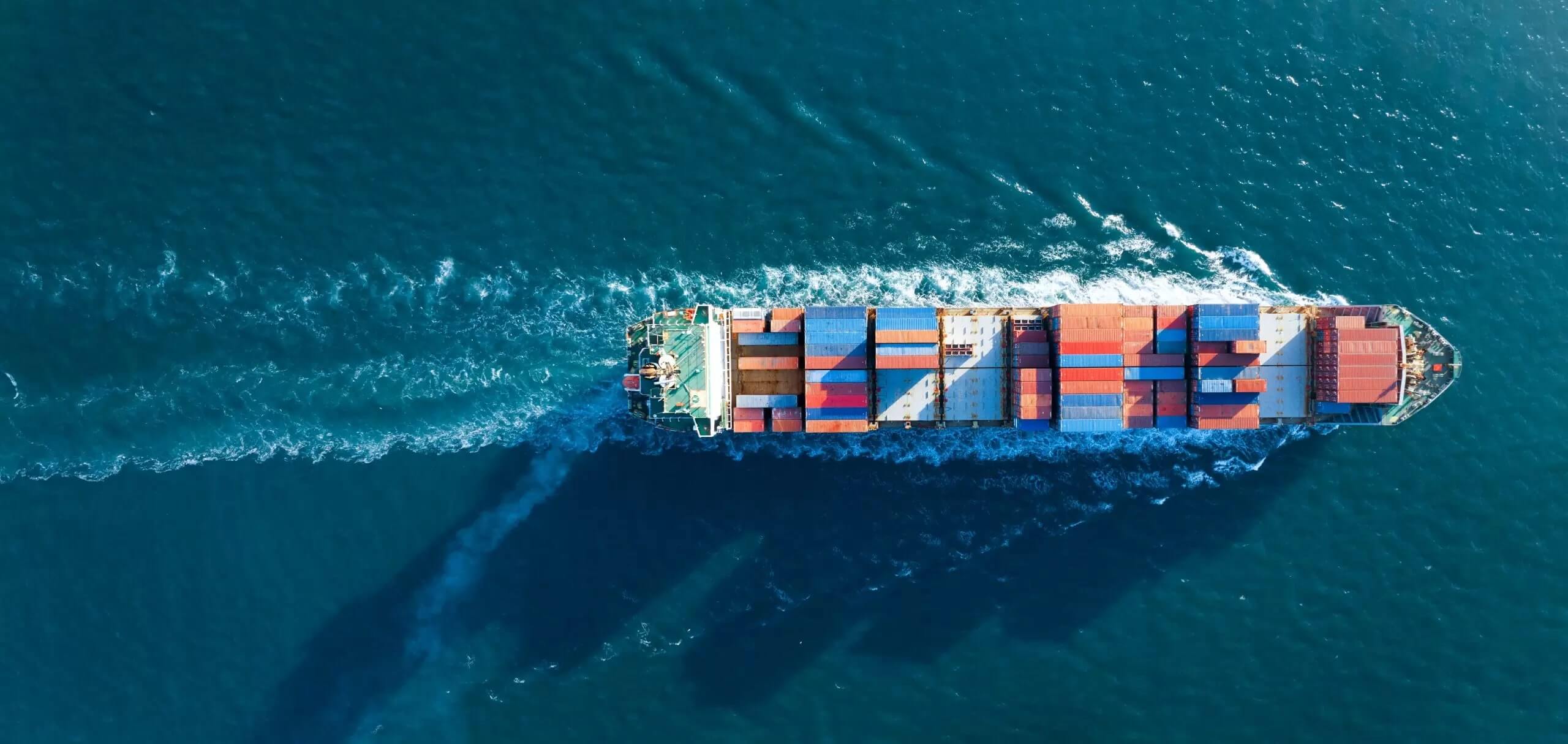
When businesses engage in international trade, customs clearance is one of the most critical stages in the supply chain. Without proper clearance, cargo cannot legally leave the exporting country or enter the destination country. Delays at customs not only add unexpected costs but may also damage business relationships due to late deliveries.
What Is Customs Clearance?
Customs clearance is the process of preparing and submitting documentation that allows cargo to move across international borders. It ensures that all applicable duties, taxes, and regulations are met before goods are released.
In simple terms, customs clearance is the checkpoint between international trade partners and government authorities. Without it, goods may be held at the border, returned to the sender, or even confiscated.
Customs Clearance Process Step by Step
- Preparation of documents (invoices, packing lists, shipping bills).
- Submission of documents to customs authorities.
- Verification of HS Codes, declared values, and type of goods.
- Payment of duties, tariffs, and taxes.
- Possible inspection of cargo by customs.
- Release of goods once all requirements are met.
Documents Required for Customs Clearance
The most common documents are:
- Commercial Invoice — details of the transaction, including buyer, seller, description, and value of goods.
- Packing List — lists all items in the shipment with weights, dimensions, and packaging details.
- Bill of Lading (BOL) or Air Waybill (AWB) — proof of carriage and receipt of goods.
- Certificate of Origin — specifies where the goods were manufactured, which affects tariffs.
- Import/Export Licenses — needed for restricted or regulated goods such as chemicals or pharmaceuticals.
- HS Code Classification — identifies goods for tariff calculation.
- Insurance Certificate — proves the cargo is insured during transit.
The Role of a Customs Broker
A customs broker is a licensed professional who handles clearance on behalf of importers and exporters.
Benefits include:
- Expertise in local regulations and HS codes.
- Faster clearance due to established contacts.
- Reduced risk of penalties or cargo seizure.
Common Challenges in Customs Clearance
- Incorrect HS code classification.
- Missing or incomplete documents.
- Unpaid duties and taxes.
- Random inspections by customs authorities.
- Sudden regulatory changes.
Tips for Smooth Customs Clearance
- Prepare all documents in advance and double-check details.
- Work with experienced freight forwarders and brokers.
- Use electronic submission systems where available.
- Monitor changes in tariffs and trade agreements.
- Always insure cargo to minimize financial risks.
Example Scenario
A company ships electronics from China to the US. All documents are correct and duties are paid — customs clears the goods within 24 hours.
If the HS code were incorrect, clearance could take several extra days, leading to delays and additional costs.
Customs clearance is a crucial step in international shipping. With proper preparation, accurate documentation, and the help of customs brokers, businesses can avoid delays and ensure a smooth flow of goods.
For companies looking for reliable solutions, RAM Shipping provides expert freight forwarding and customs clearance services to simplify global trade.



